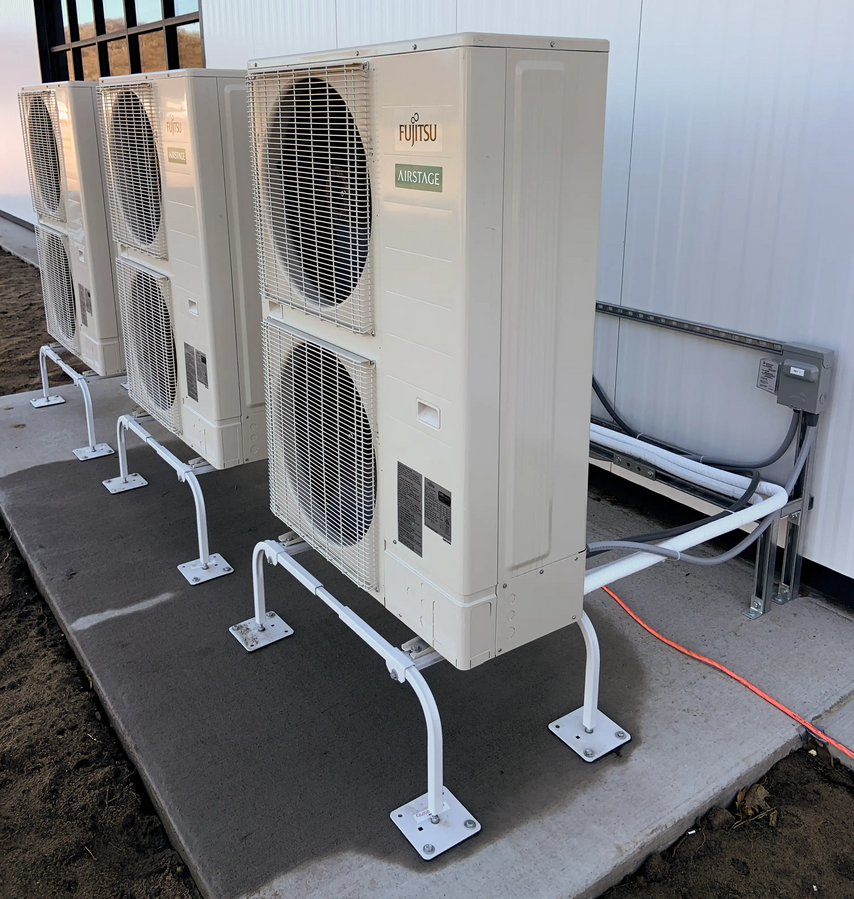A British-Swedish research team reviewed all models for designing and simulating solar-powered heat pump systems of different complexities. Based on this work, the scientists proposed a new method that combines five models from multiple computer programs into a single analysis tool that reportedly produces accurate critical metrics for engineering, economic and climate impact analysis.
An international research team has conducted a comprehensive evaluation of the models used to define best practices for designing and simulating different configurations of PV-powered heat pump (HP) systems and identified key performance indicators for electricity generation and total life cycle costs .
“PV-powered heat pumps are complex systems that use similarly complex models to accurately simulate,” the scientists emphasized. “Most HP solar systems have complex designs and operating principles tailored for use in particular environments or structures. Therefore, their corresponding performance varies depending on the boundary conditions and characteristic parameters.”
In particular, the research work examines all the modeling of PV-powered HPs in different countries, the software types used for the modeling and validation of the systems and their control strategies, as well as the details of the best practice methodology, together with the economic and policy consequences of replacing propane heating with heat pumps.
The article also provides a set of tools to implement techno-economic analyzes of heat pumps powered by PV. It describes models and constraints for each component of the system, as well as alternatives and motivations for not using them, depending on the system typology.
The proposed method combines five disparate models across multiple computer programs into a single analysis tool that reportedly produces accurate critical metrics for engineering, economic and climate impact analysis.
“Microsoft Excel was used, but could have been processed in LibreOffice Calc,” the academics specified. The purpose of this review is not to highlight or recommend a specific model or tool, but instead discusses different models for each component within the overall building model. As the previous review shows, there are several software tools that could perform the simulations in their entirety, namely TRNSYS, Polysun, EnergyPlus or IDA ICE.”
The scientists concluded that PV-powered heat pumps already offer clear economic and environmental benefits, which can be further enhanced by both electrical and thermal energy storage. However, the main barrier to its adoption remains the high upfront costs.
According to the team, open-source simulation tools such as SAM, EnergyPlus and OCHER could enable widespread access to high-quality simulations to help prosumers and policymakers make informed decisions.
“Second, to ensure that these future models are as accurate as possible, research funders and governments should encourage open data and sharing to facilitate the validation of future models and provide robust, trusted simulation environments,” they concluded. “In addition, open hardware development of the system’s various components could further reduce capital costs and help accelerate the necessary scale-up for the technology to reach its full potential.”
Their work was presented in the study “Best practices of techno-economic methods for analysis of photovoltaic coupled heat pumps in cold climates”, published in Energy and Buildings. The research group included academics from Canada’s Western University and the KTH Royal Institute of Technology in Sweden.
This content is copyrighted and may not be reused. If you would like to collaborate with us and reuse some of our content, please contact: editors@pv-magazine.com.

